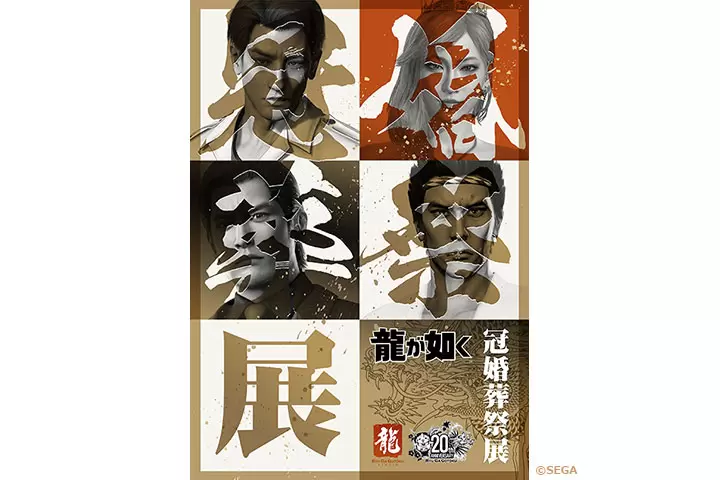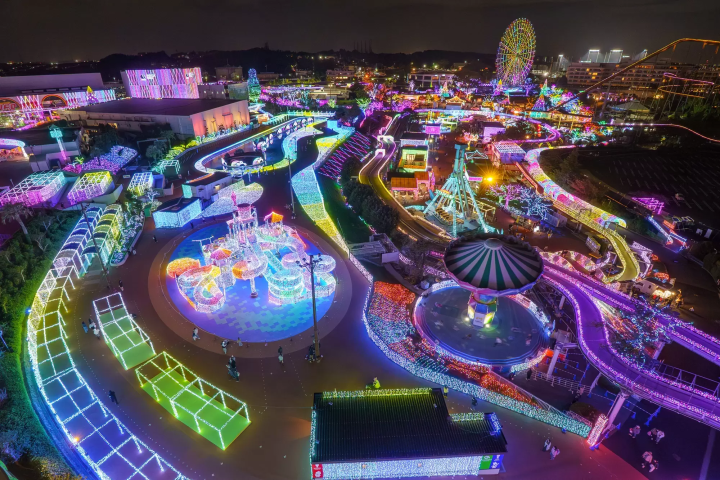Takimoto Sericulture of Silk Soap @unagi no nedoko

This is an introduction corner to the eel beds available at Ehime Ozu store. This time we will introduce Takimoto Sericulture in Ozu City, Ehime Prefecture!
Making and introducing Takimoto sericulture / Ozu City, Ehime Prefecture
Takimoto Sericulture is a sericulture farm in Ozu City that has been operating since the Meiji era. Shingo Takimoto, the 5th generation representative, took over the family business from his grandfather, Kameroku, the 4th generation, after the silkworms were wiped out due to heavy rains in 2018, and currently grows 1.4 tons of cocoons per year.
Ozu is a basin with large temperature differences and is considered unsuitable for silkworms, but since the Hijikawa River that runs through the city often floods, mulberry trees, which are resistant to floods, were planted, and the sericulture industry developed in the Meiji period, and in the Showa era. Until the early days, it was one of Ozu's major industries, along with silk reeling, which turned cocoons into raw silk.
Mr. Takimoto cultivates the mulberry trees that feed the silkworms without pesticides, feeds the silkworms three times a day with mulberry leaves, grows the silkworms into cocoons in a room at about 20 degrees Celsius, and ships the cocoons to agricultural cooperatives. Among the approximately 600 types of silkworms, Shunrei Shogetsu, which has thick threads, is grown in cocoons and is mainly used to make cotton futons outside the prefecture.
Cocoons are also used in fields such as cosmetics and medicine, but with the passage of time, the number of sericulture farmers has decreased, and there are only two sericulture farms in Ozu. Mr. Shingo creates beautiful white cocoons and develops products such as cocoon soap, in an effort to spread the word about silk.
Product introduction
Ozu Mayu Soap Price: 2,200 yen (tax included)
A cosmetic soap containing silk produced by Takimoto Sericulture. Silk has moisturizing ingredients that gently cleanse your skin. This soap is a must-try for those with sensitive skin or those who suffer from dryness.
Ozu City is located in the western part of Shikoku, in the region known as Nanyo, and is an area centered around the Ozu Basin, facing the Seto Inland Sea to the north and the Shikoku Mountains to the south. The clear Hijikawa River flows through the center of the city, and as its name suggests, the river curves like an elbow as it runs through the town, bringing many blessings to the city, including nature, history, culture, and local specialties. Remnants of the city's prosperity as a castle town around Ozu Castle during the Edo period still live on the banks of the Hijikawa River.
The contents on this page may partially contain automatic translation.






























![[Coupon Available] Recommended Fall/Winter Wear from Scandinavian Brand "Helly Hansen"](https://resources.matcha-jp.com/resize/720x2000/2025/12/15-252920.webp)
![Deep dive into Japanese brands! A tour of famous leather shoe stores with GENSEI & Nin [Otsuka Shoes Edition]](https://resources.matcha-jp.com/resize/720x2000/2025/12/15-252972.webp)